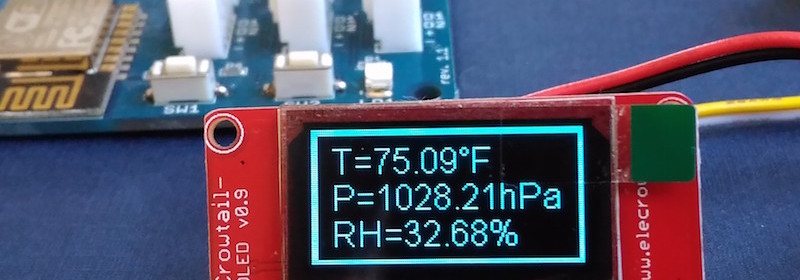PC stat monitor using ESP8266/Arduino

There are tons of PC applications you can install on your PC for monitoring essential stats for CPU, disk, memory, system temperature, etc. Here is a standalone hardware project that would receive the PC stat via USB port and display it on a dedicated 2.8″ TFT display. The project uses an ESP8266 hardware and a touchscreen-enabled ILI9341-based color LCD. On the PC side, a Python script gathers PC stats and send the data to the ESP8266 via USB-UART interface. With the built in WiFi capability of ESP8266, the PC stat can also be broadcasted over WiFi to a remote cloud
Read more


